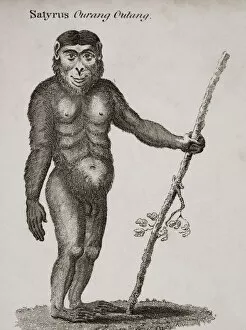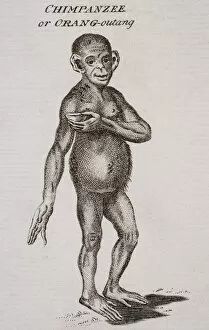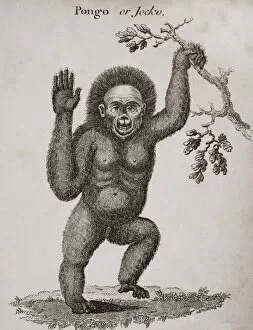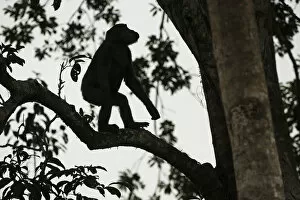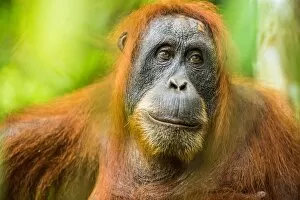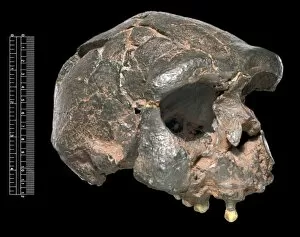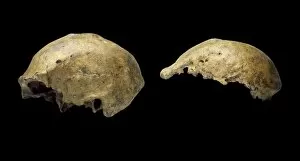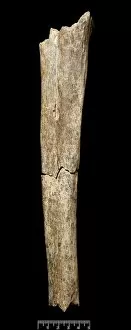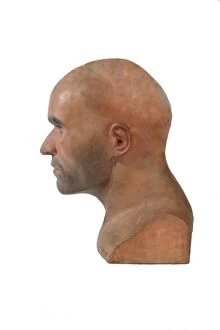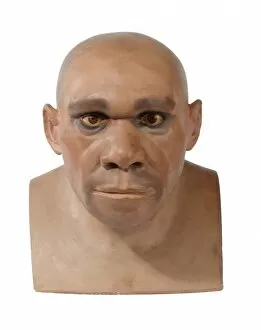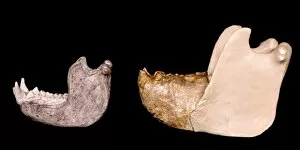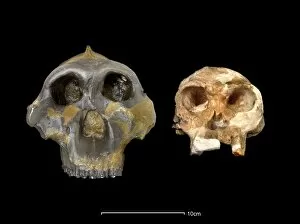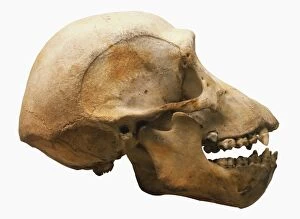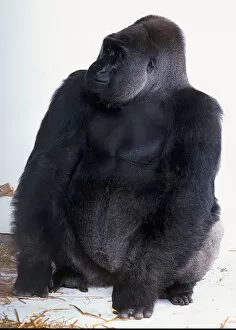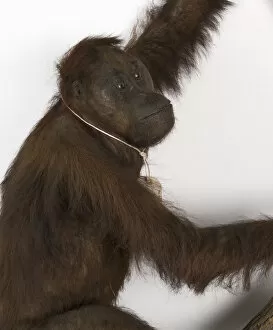Great Ape Collection (#5)
The great ape, a fascinating creature that has captivated scientists and researchers for centuries
For sale as Licensed Images
Choose your image, Select your licence and Download the media
The great ape, a fascinating creature that has captivated scientists and researchers for centuries. From the intricate mapping of its brain in the sensory homunculus to the study of ancient hominid crania, such as Australopithecus afarensis (AL 288-1) famously known as Lucy, these primates have left an indelible mark on our understanding of evolution. Intriguingly, the motor homunculus reveals how their brains control movement, showcasing their remarkable dexterity and agility, and is through studies like these that we gain insights into our own human capabilities. Delving into history, we find intriguing depictions like the 1874 Monkey Darwin cartoon by Faustin which humorously portrays our connection with these intelligent creatures. Additionally, Homo neanderthalensis in action at Swanscombe, UK showcases another branch of our evolutionary tree. Moving closer to present times, we are drawn to breathtaking portraits like that of a Bornean Orangutan female from Tanjung Puting reserve or Chimanuka - an Eastern lowland gorilla climbing trees with grace and strength. These images remind us of their undeniable beauty and power. Furthermore, observing silverbacks like Gihishamwotsi displaying dominance among mountain gorillas in Virungas National Park brings us face-to-face with their complex social structures and behaviors. As we explore this vast world filled with diverse species including humans and great apes alike, it becomes clear that each step forward is built upon previous discoveries. Hominid reconstructions in chronological order serve as a visual timeline highlighting our shared ancestry and reminding us of how far we have come. Whether it be studying ancient fossils or admiring magnificent creatures in their natural habitats today; the great apes continue to ignite curiosity within us all, and are not just subjects for scientific research but also reminders of our interconnectedness with nature itself.

